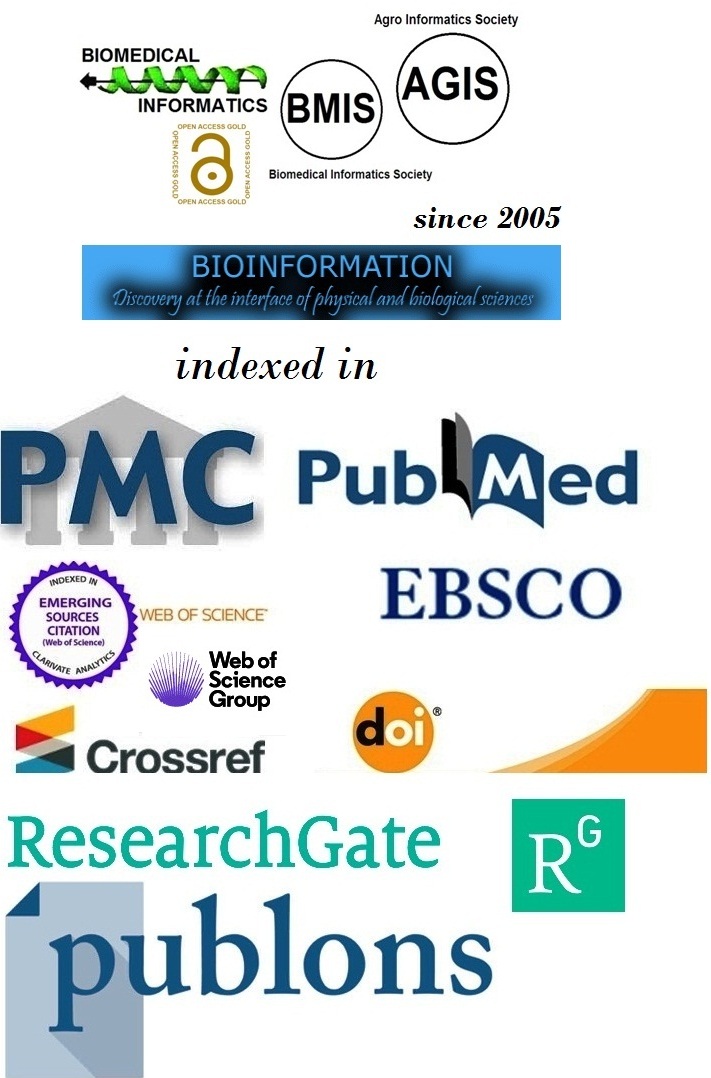Title
Protein disorder - function paradigm: Putative role in inflammation
Authors
Francesco Chiappelli1, 2*
Affiliation
1Dental Group of Sherman Oaks, Sherman Oaks, CA-91403; 2UCLA Center for the Health Sciences, Los Angeles, CA-90095; *Corresponding author
Francesco Chiappelli - E - mail: chiappelli.research@gmail.com
Article Type
Editorial
Date
Received February 1, 2025; Revised February 28, 2025; Accepted February 28, 2025, Published February 28, 2025
Abstract
Traditional protein biochemistry defends the intimate interdependence between protein function and structure, the latter being consisting of four distinct levels: premary structure: viz, the sequence of its constituent amino acids linked by peptides bonds - the polypeptide chain; secondary structure: viz, localized folding patterns (e.g., a α-helix, β-sheets) of the polypeptide chain held by hydrogen bonds between amino acid backbones; tertiary structure: viz, three-dimensional folding of the protein held by interactions between amino acid side chains mediated by disulfide bridges, hydrogen bonds, ionic bonds and hydrophobic interactions; and quaternary structure: viz, attachment of subunits, when appropriate, by means of similar chemical interactions to form a functional protein complex. Research evidence in the last decade has described intrinsically disordered proteins (IDPs) as polypeptides that lack a well-defined three/four-dimensional structure under physiological conditions, appear structurally unstable and manifest in a dynamic set of possible conformations. IDPs are a major component of the "dark" proteome, genome protein products not yet characterized through experimental structure determination and existing homology modeling. Dark proteome in general and IDPs specifically define and characterize the novel disorder - function paradigm, which critically mediate and modulate key cellular organelles and pathways and influence physiopathological processes from aging to chronic diseases and pathogen infection. The role of the disorder-function paradigm in the immunome and the inflammasome in general and specifically in the process of chronic metabolic inflammation observed in aging - i.e., inflammAging - could be elucidated through diverse AI platforms.
Keywords
Disorder-function paradigm, intrinsically disordered proteins (IDPs), dark proteome, immunome, inflammasome, meta- inflammation, inflammAging, cGAS-STING, AI
Citation
Chiappelli, Bioinformation 21(2): 169-172 (2025)
Edited by
P Kangueane
ISSN
0973-2063
Publisher
License
This is an Open Access article which permits unrestricted use, distribution, and reproduction in any medium, provided the original work is properly credited. This is distributed under the terms of the Creative Commons Attribution License.
